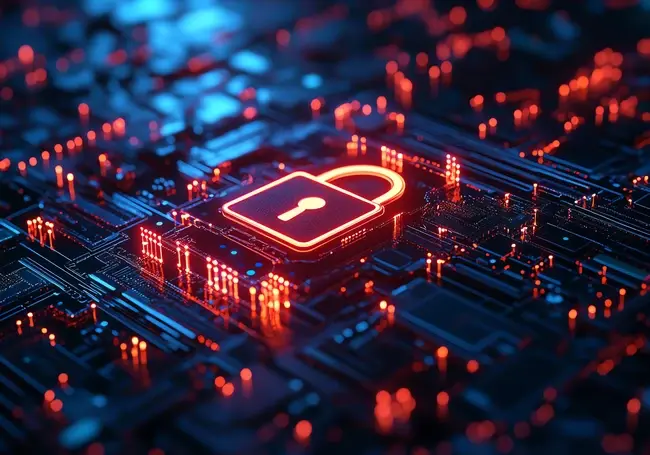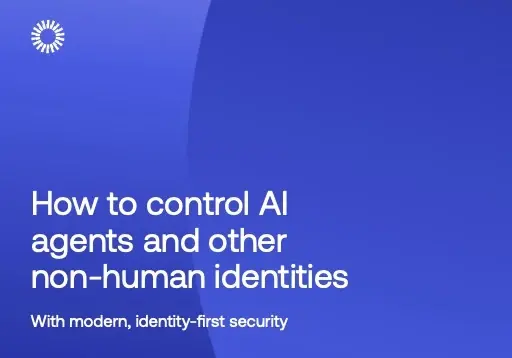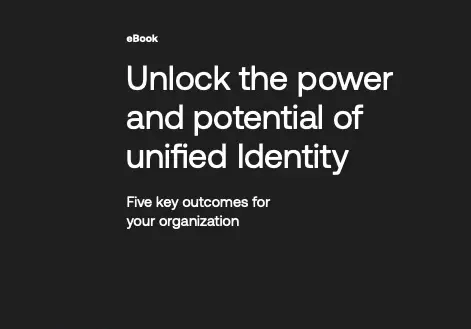Traditional EDR continues to evolve, and the next iteration of endpoint security is emerging: Preemptive Endpoint Protection (PEP). Unlike traditional solutions, PEP doesn't merely detect and respond—it actively works to stop attacks before they begin.
- Traditional EDR is Reactive, Not Preventive – Endpoint Detection and Response tools depend on identifying known threats, making them ineffective against advanced methods like fileless malware and zero-day exploits.
- Modern Threats Require Preemptive Endpoint Protection (PEP) – Cyber defense is shifting toward prevention, using AI, machine learning, and automation to stop threats early.
- The Cost of Inaction is Increasing – Cybercrime may cost the global economy $10.5 trillion per year by 2025. With average data breach costs now at $4.88 million, organizations must embrace PEP to mitigate risk.
By 2025, cybercrime is projected to reach $10.5 trillion globally—a dramatic reflection of how advanced and persistent cyber threats have become (Cybersecurity Ventures). Yet, many organizations still depend on legacy Endpoint Detection and Response (EDR) solutions that are frequently outwitted by attackers.
Just as antivirus evolved into Next-Generation Antivirus (NGAV), then into Endpoint Protection Platforms (EPP) by combining NGAV and EDR, the next phase is upon us. Standard EDR is no longer enough. Combating modern threats like ransomware and zero-day vulnerabilities requires adopting Preemptive Endpoint Protection (PEP), a forward-thinking solution that goes beyond detection—it prevents.

The Rise and Fall of Traditional EDR
EDR was first introduced in 2013 by Gartner analyst Anton Chuvakin and quickly became foundational in cybersecurity, equipping teams with the tools to detect breaches, respond in real time, and hunt threats. It was a significant advancement at the time.
But attacks have evolved. Today's sophisticated intrusions—using techniques like fileless attacks, polymorphism, and encrypted payloads—bypass EDR’s reactive, IoC-based detection mechanisms.
This shift resembles how traditional antivirus software became outdated when attackers learned to avoid signature-based detection. NGAV replaced it, followed by EPP for broader defense. Now, security is once again evolving, with a pivot toward proactive cyber protection.
Real-World Failures of Traditional EDR
These failures highlight the weaknesses of legacy EDR solutions:
- CrowdStrike Falcon Outage
A configuration error in CrowdStrike’s Falcon EDR platform caused a global IT outage, underlining the risks of over-reliance on traditional solutions that may fail during critical updates.
- Akira Ransomware via Unsecured Devices
The Akira group exploited an unsecured webcam to bypass EDR protections, highlighting how traditional tools often miss endpoints outside their typical coverage.
- Medibank Data Breach
Despite its EDR generating several alerts, Medibank suffered a breach in 2024 that compromised millions of records. The problem? Human oversight and delayed response—a clear flaw in reactive models.
- BlackCat (ALPHV) Attack on Henry Schein
In 2023, after initial recovery, BlackCat ransomware re-encrypted systems at Henry Schein, demonstrating how traditional EDR failed to prevent repeat intrusions.
Preemptive Endpoint Protection: The Next Chapter
EDR is evolving—welcome PEP, a smarter, preventive approach that addresses today's threat landscape. Here's how it changes the game:
- From Reactive to Proactive
PEP moves from responding to preventing. Techniques like Automated Moving Target Defense (AMTD) and Adaptive Exposure Management (AEM) shift the advantage back to defenders.
Jumpcloud reports show that companies using proactive strategies—like vulnerability scans and patch management—save 30% more on breach-related costs.
Even federal institutions are making the switch. The FDIC’s 2024 Cybersecurity Report emphasized the move to proactive security postures. CIS and CISA are also pushing this transition.
- Beyond Indicators of Compromise (IoCs)
Unlike traditional EDRs that rely on known threats, PEP identifies emerging and unknown risks through behavioral analysis and AI/ML-driven insights.
This shift is vital in a world where attackers frequently change techniques to evade detection, such as using unsecured webcams or novel payloads.
- Lightweight Deployment and Efficiency
Traditional solutions are heavy, resource-draining, and time-consuming to roll out. PEP, in contrast, is often cloud-native and deploys in minutes with lightweight agents and efficient data handling.
- Next-Gen Technology Under the Hood
Legacy EDRs use heuristic detection—great for after-the-fact incident response, but slow and prone to false positives. PEP incorporates advanced tactics like AMTD and AEM, allowing AI to predict and respond in real time to evolving threats.
These capabilities are what make PEP effective against evasive techniques like fileless malware, encryption-based attacks, polymorphism, and more.
Why PEP Is Essential Now
History has shown us that security needs to adapt continually. We’ve already gone from AV to NGAV to EPP. Now, as threats grow more complex, we must move toward proactive defenses.
IBM’s 2024 report on data breaches found the average cost rose 10% year-over-year to $4.88 million. The takeaway: relying on reactive defense strategies is both risky and expensive.
The Path Forward
Legacy EDR is no longer sufficient. Preemptive Endpoint Protection is the logical next step—designed not just to respond, but to prevent. It’s how organizations can reduce breach risks and future-proof their cyber defenses.
Now’s the time to reassess your endpoint strategy. Don’t wait for an incident to force a change. Be proactive. Shift now.
Conclusion
Cybersecurity threats are evolving rapidly, and legacy tools are falling behind. Just like antivirus was replaced by NGAV, and then by EPP, traditional EDR is giving way to Preemptive Endpoint Protection.
By adopting proactive solutions, organizations can stay ahead of sophisticated attackers and build stronger, more resilient cyber defenses for the future.








Comments ( 0 )